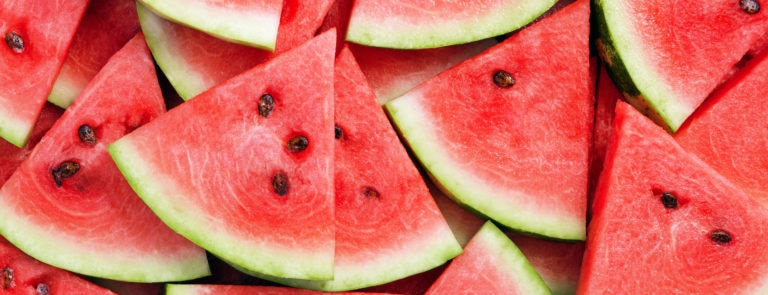10% off £35
Code:SAVE
Verrucas: what causes them and how to treat them
.png)
Verrucas are common in both children & adults, but what causes them, are they contagious and what is the best treatment? This blog covers all that and more.
Summary
1What is a verruca?
A verruca is typically found on your feet, identifiable through the tiny black dots that appear under hard skin.
2What should I do if I have a verruca?
A verruca will often disappear on its own, but because it can be painful and is easily spread, many people opt for an over-the-counter solution.
3Are verrucas contagious?
It is worth remembering that verrucas are caused by a virus, and so it is possible to spread them through close skin contact or contaminated surfaces.
What is a verruca?
A verruca is typically found on your feet and is identifiable through the tiny black dots that appear under hard skin which occur when blood clots inside tiny blood vessels.
Verrucas tend to be harmless, but they can be painful to live with as there is often a sharp pain associated with them which is caused by putting weight onto them.
They take the form of a round lump, and sometimes have a rough surface.
Verrucas can vary, so you might find that you have one, or several in a cluster.
What’s the difference between a verruca and a corn?
It can sometimes be difficult to tell the difference between a verruca and a corn as they look very similar.
If you pinch a verruca, it will usually feel painful, however, a corn does not have the same problem.1
What should I do if I have a verruca?
A verruca will often disappear on its own, but because it can be painful and is easily spread, many people opt for an over-the-counter solution.
These products take the form of creams, gels, paints or plasters.
There are a variety of products available to help soothe and reduce a verruca, with some acting faster than others.
These products often contain salicylic acid or may encourage foot filing in order to encourage the body’s immune system to fight the verruca itself.
Salicylic acid helps to soften the outer layer of the verruca, but it can be harmful to healthy skin so you should always use it with care.
There are also specific devices that contain monochloroacetic acid.
This gradually dissolves the layers of the wart and usually only needs a single application, although severe cases may need to use this more than once.2
It is a painless treatment, making it suitable for small children.
Other products designed to work on verrucas involve the process of cryotherapy, which is a form of freezing.
These aim to freeze your verruca to such an extent that it falls off.
Verrucas are more common in children and young people so many parents prefer to tackle it in order to prevent it from being spread.
Remember to always follow the instructions with any verruca product you buy.
And if you are ever concerned about any kind of lump or growth on your body, you should consult a pharmacist or GP.
Are verrucas contagious?
It is worth remembering that verrucas are caused by a virus, and so it is possible to spread them through close skin contact or contaminated surfaces.
The likelihood of this happening is increased if the skin is wet, which is why you are advised to cover your verruca with a plaster or special sock when swimming.3
You should also ensure that you wash your hands after touching a verruca and change your socks on a daily basis.
Take care to avoid sharing towels, socks or shoes, and try not to walk barefoot in public places such as swimming pools or communal showers.4
There is no reason to panic if you have a verruca, but it is understandable that you may want to remove or reduce it.
It is important to remember that you should perform a patch test before using any new products on your body.
If you are concerned about your verruca or experience any kind of reaction after using a product on it, you should consult a doctor.
Last updated: 17 March 2021
Related Articles
Shop by wellness goal
Sign up for exclusive offers
Plus, get expert advice to support your health & wellness straight to your inbox when you sign up to Holland & Barrett emails.
Read our
privacy policy














